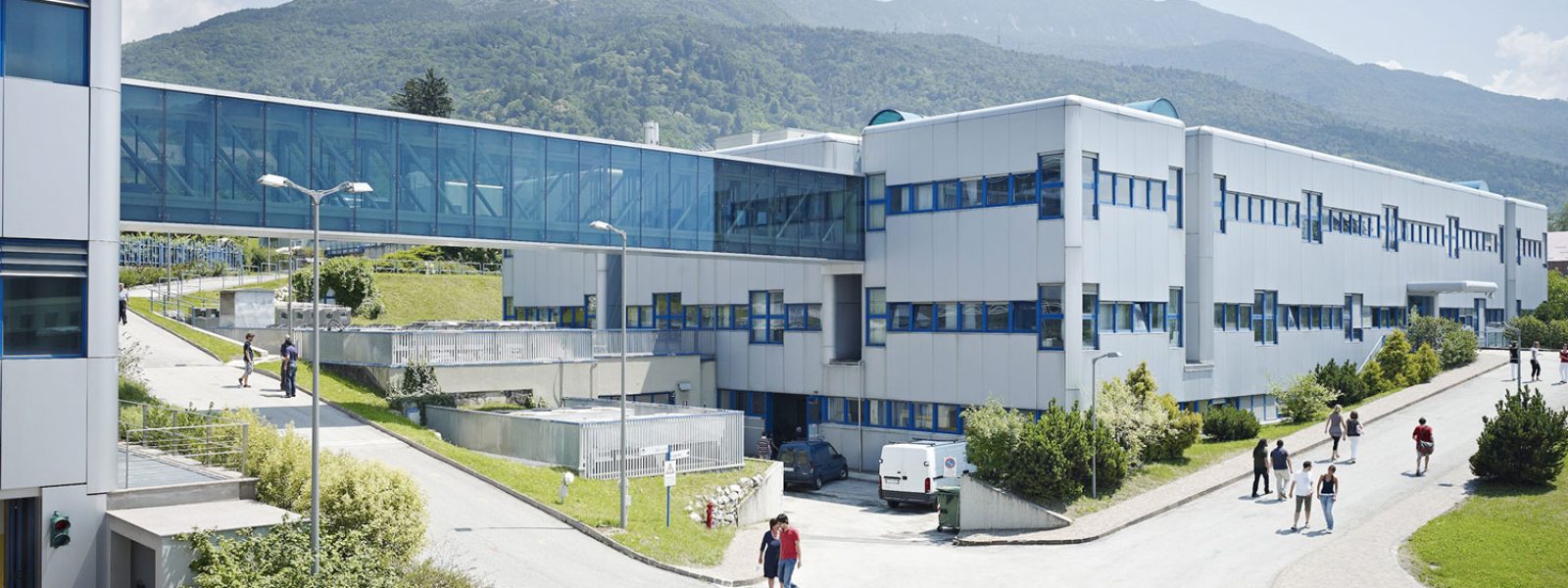Cities, mobility flows, pollution and health

Study with the contribution of Fondazione Bruno Kessler's researcher Riccardo Gallotti published in the scientific journal Nature Communications.
(v.l.) A better organization of mobility flows in cities facilitates a greater use of public transportation vs cars, with consequent fewer deaths due to accidents, less pollution, increased walkability and lower incidence of cardiovascular diseases in the population.
This is what emerges from a study (Hierarchical organization of urban mobility and its connection with city livability) published in the scientific journal “Nature Communications” to which Fondazione Bruno Kessler‘s researcher Riccardo Gallotti contributed.
The research was conducted on data generated from 300 million users worldwide who had opted-in Google Location History in 2016. To protect user privacy, the data was aggregated to obtain statistics about population’s movements in urban areas.
Comparing a number of big cities around the world, researchers observed that mobility within the city follows a precise pattern according to how the city is organized. In essence, if points in the city where a higher density of population is expected (such as main stations, hospitals, offices, historic districts, commercial areas of great interest) are concentrated in the same area of the city, with other such areas located in adjacent areas, you get what is called a strong flow hierarchy. If, instead, the areas of interest are multiple, scattered in different parts of the city, distant from each other, we will have a city with a low flow hierarchy.
Cities that have a better potential for encouraging the use of public transport and the consequent improvement of urban living conditions are those with a strong flow hierarchy, although of course this is not the only factor. “The study”, Gallotti pointed out, “showed that, in general, U.S. cities are among the worst in this respect, with the exception of New York, while European and Asian cities are the best. A fairly natural situation of older cities that developed around a clear historic center. Examples of cities with a high flow hierarchy were Paris and Barcelona, while the opposite was true for cities such as Charlotte, Atlanta, Detroit.”
As far as the Italian situation is concerned, the three cities with the largest population, namely Rome, Milan and Naples, were included in the study. “Milan and Rome”, Gallotti pointed out, “turned out to be cities with a strong flow hierarchy, matching that of New York City and Barcelona. Napoli scored slightly lower even if at the levels of London and Boston and better than Tokyo and Madrid”.
The study was conducted with the IFISC Institute (Spain), the University of Rochester (USA) and Google Inc. (USA). Riccardo Gallotti (FBK) leveraged his postdoctoral research work at the IFISC of Mallorca: “My contribution to the study concerned methodological aspects, inspired in particular by Christaller’s work on the hierarchy between different city spaces. I suggested an indicator to study the hierarchy of places within the city, which proved to be better than traditional ones. Our analysis is based on ICT telephony data that can be obtained at low cost and also in cases where traditional methods of data collection through questionnaires are more difficult to implement. To further protect data anonymity, these had been aggregated on a weekly basis and for large geographical areas with a spatial and temporal granularity such as to fully ensure users’ privacy”.
More info:
- Follow the link to the study: https://www.nature.com/articles/s41467-019-12809-y